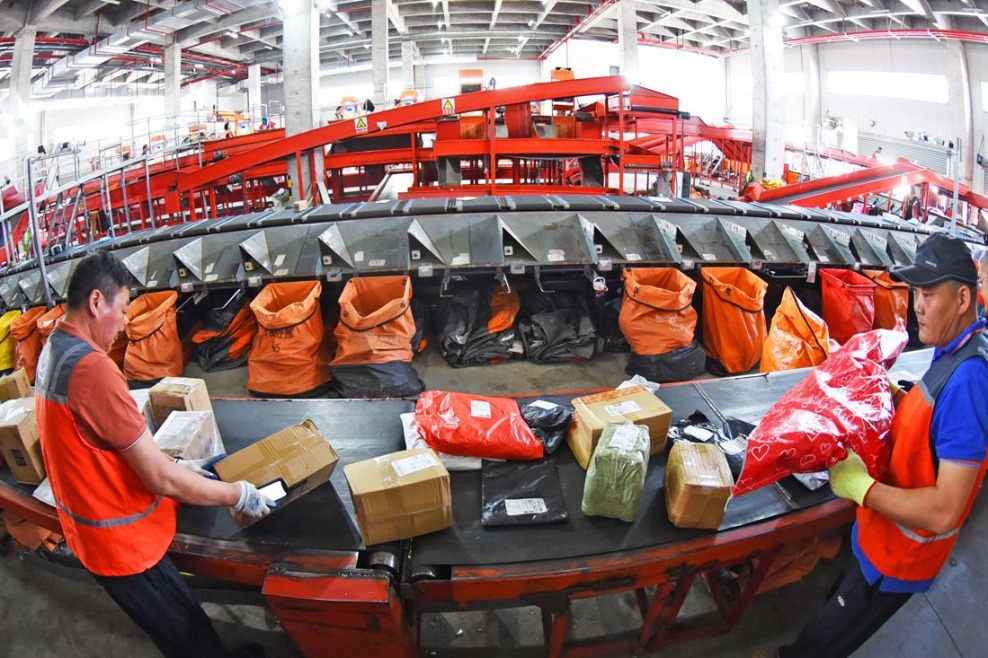Energy security in the time of market turmoil


Lin Boqiang, head of the China Institute for Studies in Energy Policy at Xiamen University, said the Russia-Ukraine conflict is likely to lead to a restructuring of the global energy trading system. Market entities may seek new partners and build the infrastructure necessary to meet their energy needs. If such a scenario unfolds, energy prices may remain high for the next two to four years.
In the first half of this year, prices of oil and coal spiked. The benchmark West Texas Intermediate crude oil prices reached as high as $123.7 per barrel while Brent hit $127.98 per barrel in March.
According to a recent report from the China Electricity Council, the price level of thermal coal is still elevated, and coal-fired power companies lost big money in the first half.
The report said since the beginning of this year, the price of thermal coal purchased by power companies has continued to be higher than the upper limit of the benchmark price. The unit price of standard coal purchased by large power generation groups has increased by 34.5 percent year-on-year in the first half. Coal-fired power companies are estimated to have paid an additional 200 billion yuan ($29.69 billion) for raw materials in the first half.
Hao Yingjie, general director of the CEC, said coal mines and ports in China have low coal inventories currently, and the high prices of raw materials make it hard for coal-fired power generators to make a profit. Hao said there are challenges in ensuring adequate supplies of energy like thermal coal during peak periods in summer and winter and the demand-supply equation will be tight.
"It's essential to ensure energy supplies are adequate. Continuing to increase the total coal supply is an important way to achieve the goal. Meanwhile, it is also important to sort out difficulties that coal companies may face during the government's assessment and approval processes of coal production capacity, and help coal companies to complete those procedures more efficiently," Hao said.
The goal now is to quickly approve an addition of 300 million metric tons in coal production capacity this year, and ensure daily output of 12.6 million tons, Hao said.
"It's also important to promote the signing of mid- and long-term contracts between coal producers and users as they can help manage a balance between supply and demand, and guarantee stable coal prices. Mechanisms to stabilize coal prices and smooth logistics are also needed."
Promoting new energy transition is also an important means to increase energy self-sufficiency and ensure energy security, experts said. It is necessary to promote the decarbonization campaign in an orderly and prudent manner to avoid energy shortages.
"China's energy security is controllable. After all, oil takes up only 30 percent of China's energy consumption. The proportion can exceed 60 percent for the European Union and 70 percent for the US.They could be greatly affected by fluctuations in the oil and gas markets. China's energy supply can be ensured as long as its coal industry is developing steadily," Lin said.
"The challenge in China's green transition is how to quickly find a substitute for oil in the country's current energy structure. One way is to increase reserves and raise investment in upstream industries. Another way is to develop new energies such as hydrogen, power storage systems like pumped-storage hydroelectricity and lithium-ion batteries."
A recent CEC report showed China is continuing with its green energy transition. In the first half of this year, investment in non-fossil fuel power generation accounted for 84.7 percent of the country's total, which stood at 215.8 billion yuan, up 14 percent year-on-year.
In the first half, total installed capacity of wind power increased 17.2 percent year-on-year to 340 million kilowatts, while that of solar grew 25.8 percent year-on-year to 340 million kW, according to the National Energy Administration.
























